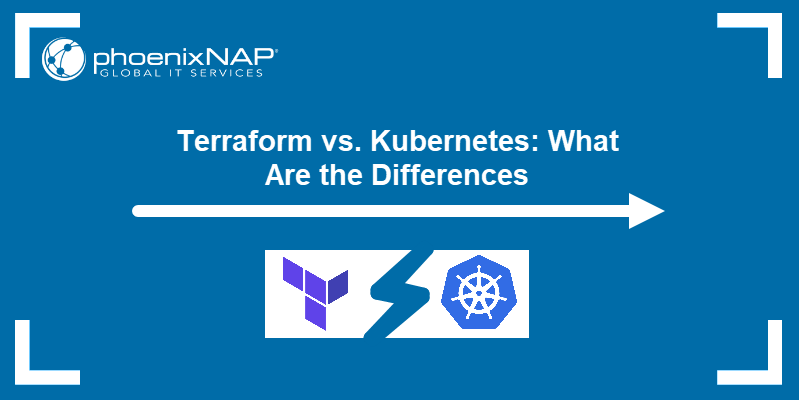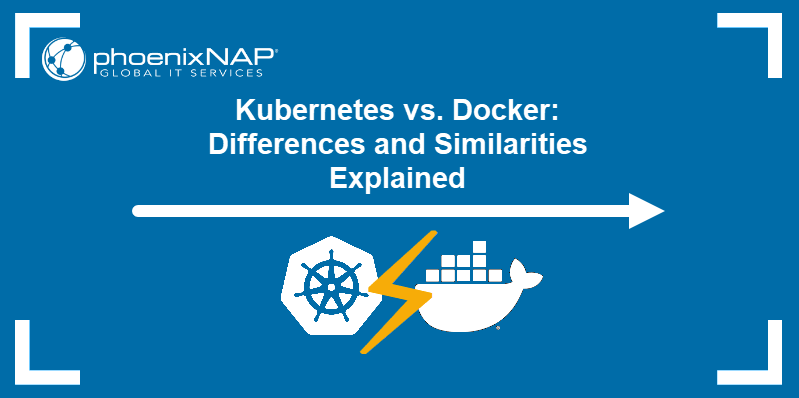Kubernetes and Jenkins are excellent open-source tools and an integral part of the DevOps pipeline. Although both tools automate software development processes, their similarities end there.
This guide compares Kubernetes and Jenkins by providing a clear-cut definition, the key features, and the main differences between the two tools.
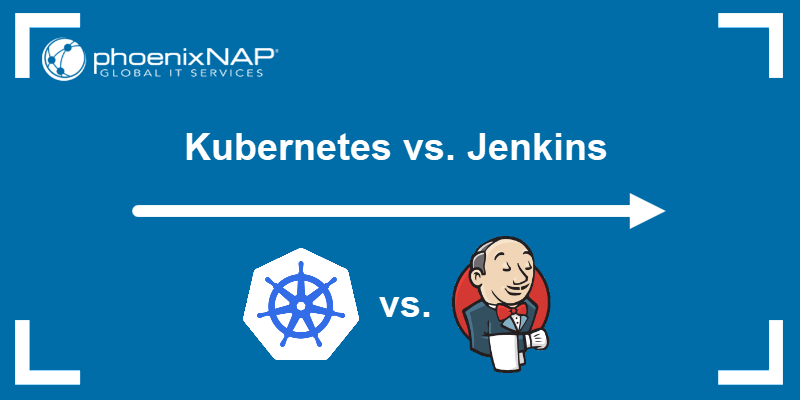
Jenkin vs. Kubernetes: Definitions
Kubernetes and Jenkins do not compete. Instead, the two systems complement each other and work together to automate software releases using Agile methods. Outlining the critical differences between the two tools helps clarify how to apply each and maximize the benefits in a development environment.
Below are definitions of Kubernetes and Jenkins. The descriptions help outline the primary differences between the two tools and how they apply to DevOps.
Jenkins
Jenkins is an open-source CI/CD (Continuous Integration/Continuous Delivery) automation server written in Java. The CI/CD tool helps automate building, testing, and deploying software applications in a continuous pipeline.
Jenkins aids developers in making software changes by running various automated tests and checks during the development lifecycle. The program uses a plugin-based system to support multiple outside elements, such as Docker, Git, etc.
Kubernetes
Kubernetes, also known as K8S, is an open-source container management tool developed by Google. The tool automates software management, deployment, and scaling on various workloads.
Note: For a detailed comparison, check out Containers vs. Virtual Machines.
A containerized approach shifts the development design to a microservice architecture. As a result, the system is portable and scalable. Kubernetes helps build and manage these independent container clusters, providing continuous service to the end user.
Jenkins vs. Kubernetes: Features
Kubernetes and Jenkins both have unique features. Every feature helps explain functionalities and the benefits of using each tool in a development stack.
Jenkins
Jenkins includes features that make it:
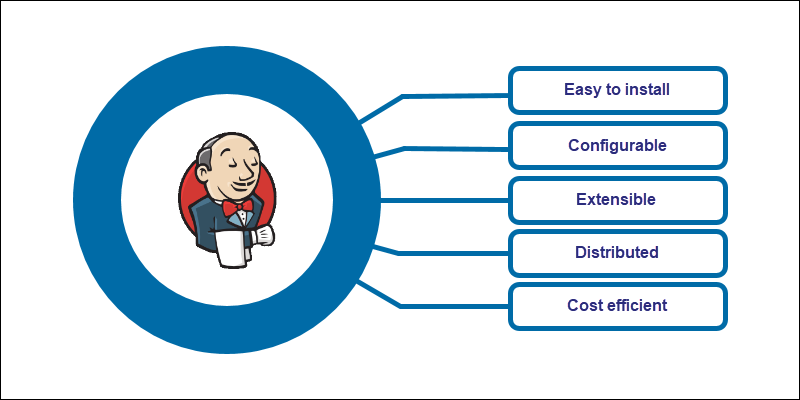
- Easy to install. Jenkins is simple to install and platform agnostic. Follow one of our guides to install Jenkins for CentOS 8, Debian 10, Ubuntu 18, or Windows 10.
- Configurable. Jenkins offers a web-based interface for effortless environment configuration. Check out our Jenkins tutorial for setting up after installation.
- Extensible. The tool has a rich library of plugins to integrate most development tools. The plugin-based architecture allows the creation of infinite workflow combinations for various use cases.
- Distributed. Jenkins distributes tasks across several devices to provide increased speed and allow testing on multiple platforms.
- Cost efficient. Jenkins is free to use, and being open source includes overall strong community support with many available tutorials online.
Kubernetes
Kubernetes comes with the following features:
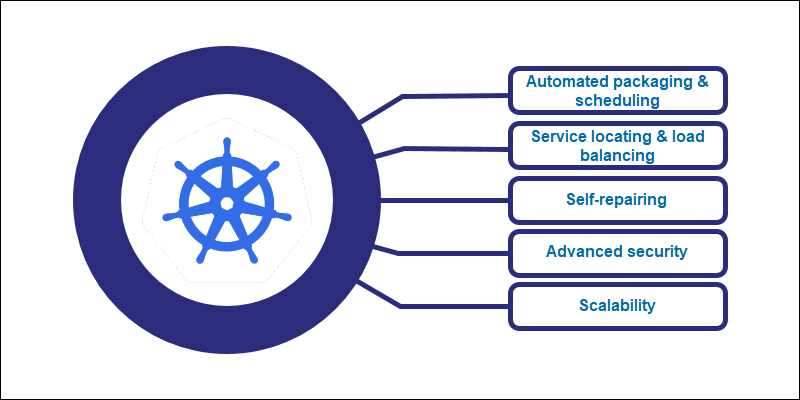
- Automated packaging and scheduling. Kubernetes automates application packaging into containers. The tool schedules resources based on requirements and availability to ensure maximum uptime.
- Service locating and load balancing. Kubernetes automatically provides containers with IPs and unique DNS names and offers load balancing options.
- Self-repairing. Kubernetes automatically restarts failed containers and reassigns them to new nodes upon node failure.
- Advanced security. Kubernetes secrets help secure and manage sensitive information in pods and containers without having to rebuild the image.
- Scalability. Vertical scaling triggers automatically through the CLI. Horizontal scaling (both up and down) happens using a single command or via the Dashboard.
Note: Kubernetes can be tricky to deploy. phoenixNAP's Bare Metal Cloud features one-click deployments on Bare Metal using Rancher.
Learn how you can simplify Kubernetes deployment and manage clusters in Rancher BMC Integration for Kubernetes Cluster Management.
Kubernetes vs. Jenkins: Key Differences
The table below outlines the key differences between Kubernetes and Jenkins. While some similarities exist, the differences help clarify how each solution is unique.
| Kubernetes | Jenkins |
|---|---|
| Organizes containers. | Runs, builds, and tests applications. |
| Limit is 5000 nodes. | No fixed limit for nodes. |
| Not customizable. | Customizable. |
| Auto-scaling support. | Auto-scaling support with Kubernetes. |
| Automates deployment, scaling, and management. | Automates software testing, integration, and delivery. |
| Deploys a CI/CD pipeline. | Creates and manages the CI/CD pipeline. |
However, both technologies work well together. An example is to install Jenkins on Kubernetes as an additional automation layer in the CI/CD pipeline.
Conclusion
After reading this guide, you know the difference between Kubernetes and Jenkins. Each tool provides unique features to the DevOps toolkit, and the two platforms work together instead of competing. Analyzing the differences helps clarify what each tool's purpose is during development.
Next, check out another comparison article that analyzes Terraform vs. Kubernetes.
